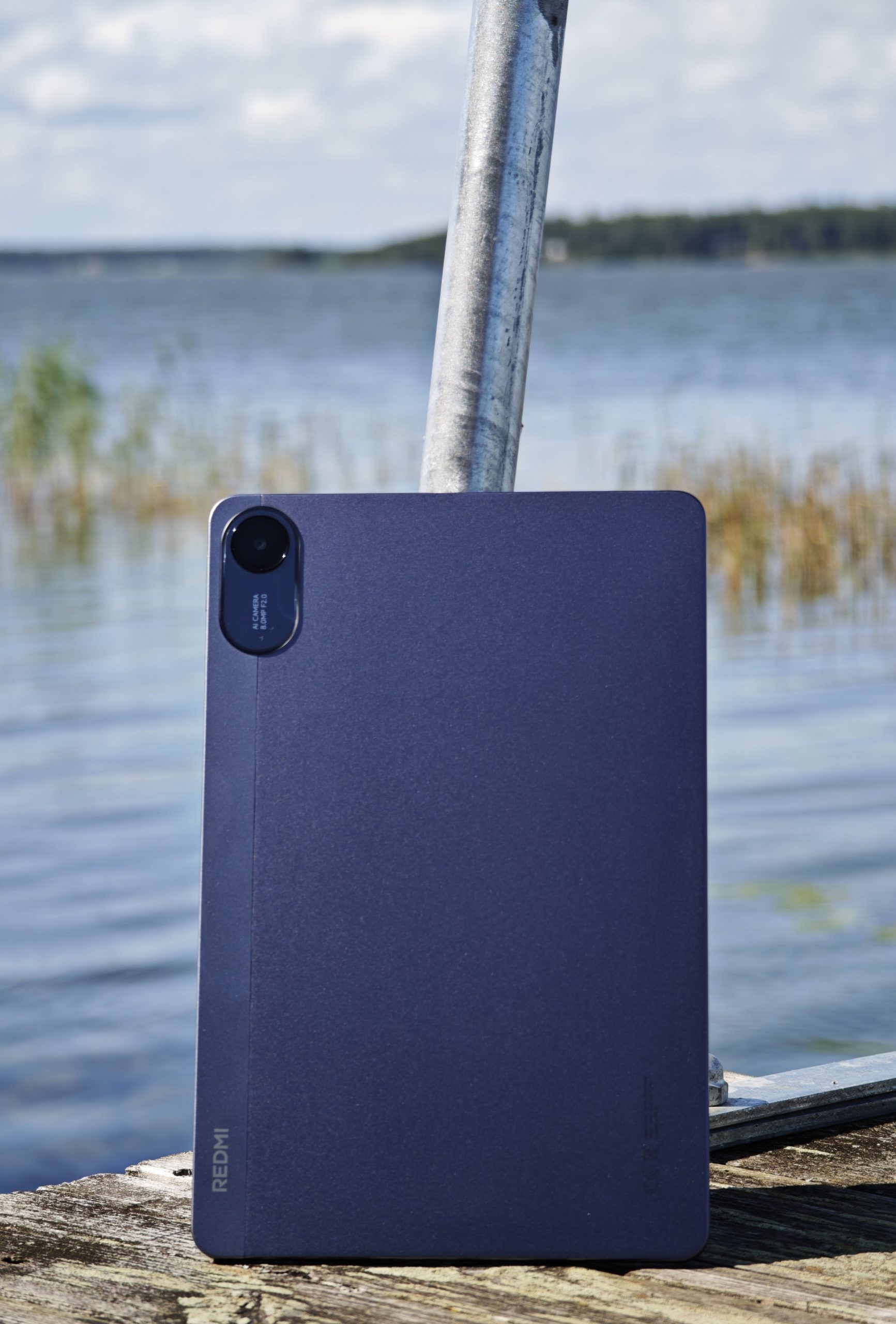TL;DR
Looking for a budget-friendly tablet that doesn't skimp on core features? The Xiaomi Redmi Pad 2 4G might be your next pick. It boasts a stunning 11-inch 2.5K 90Hz display and impressive quad-speaker Dolby Atmos sound, making it a media powerhouse. Plus, enjoy a robust 9000mAh battery and expandable storage with 4G connectivity. While its 4GB RAM can be a bottleneck for heavy multitasking, it shines for everyday browsing, streaming, and lighter use. Is this budget champion the right fit for your needs? Dive into the full review to find out!
We recently evaluated the Xiaomi Pad 7 Pro and the OnePlus Pad 3. Now, we turn our attention to a more budget-friendly option: the Xiaomi Redmi Pad 2 4G. With a suggested retail price under 3000 SEK, it’s positioned at less than half the cost of the previously mentioned models. The question is: does it offer compelling value, or are compromises too significant? Let’s investigate.
Design and Build Quality

Upon unboxing, the Redmi Pad 2 presents a surprisingly premium feel for a budget tablet. Its aluminum unibody design with a matte finish contributes to a solid and unexpectedly refined in-hand experience. The device is quite thin at 7.36 mm and weighs 519 grams.
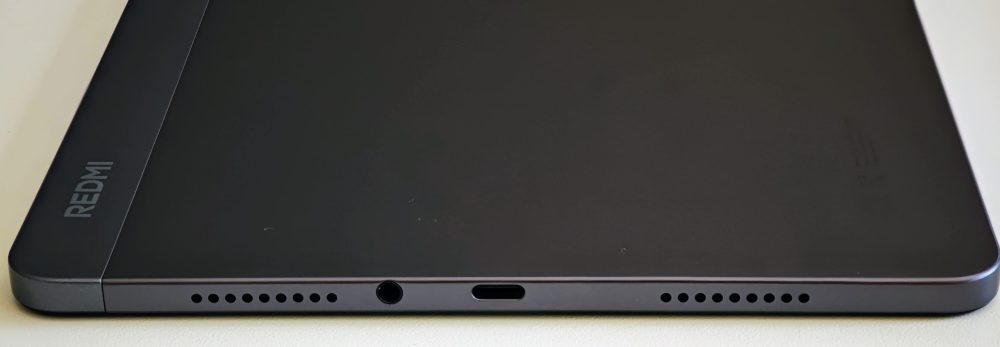
The inclusion of a 3.5 mm headphone jack is a noteworthy feature. However, the misaligned placement of the jack, USB-C port, and speakers might be a concern for users with sensitivities to such details.
Another observation is the absence of a fingerprint reader. It’s not integrated into the power button, a common feature on other Xiaomi/Redmi devices. Consequently, users must rely on face unlock, which performs adequately in well-lit environments but struggles in low-light conditions, or resort to using a PIN/pattern.
Screen
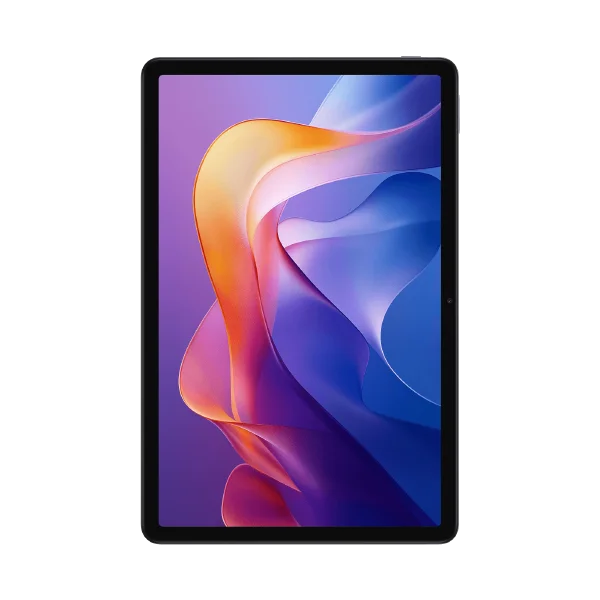
The display is a key feature of this tablet. It boasts a large 11-inch IPS panel with a 2.5K resolution (2560×1600 pixels) and a 90 Hz refresh rate. This translates to sharp visuals for text and video content, and smooth scrolling through web pages and menus. While the bezels surrounding the screen are relatively wide, which detracts slightly from the aesthetic, they provide a comfortable grip without accidental screen presses.
To manage costs, Xiaomi opted for a non-laminated display, resulting in a small air gap between the glass and the panel. This can create a slightly recessed image appearance and increased susceptibility to reflections.
The virtual light sensor presents a usability challenge. Its slow and inconsistent performance often necessitates manual brightness adjustments.
Despite these limitations, the display remains a strong point. While lacking support for HDR10 and Dolby Vision, it delivers a pleasant viewing experience for multimedia consumption.
Sound
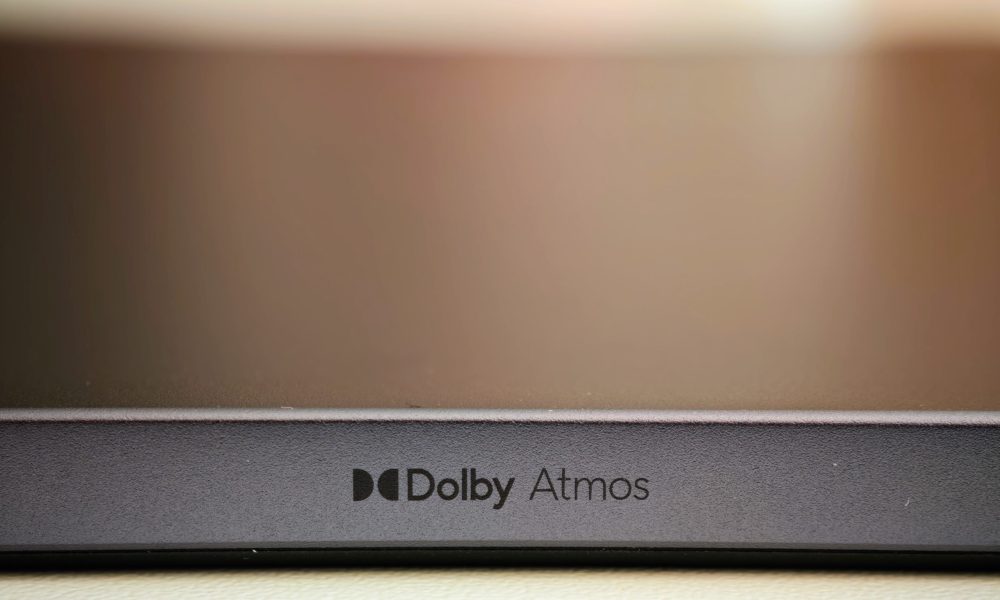
The Redmi Pad 2’s audio capabilities are surprisingly impressive. Equipped with four stereo speakers and Dolby Atmos support, it produces a full, loud, and clear sound for its price range. It can easily fill a smaller room, making it suitable for watching movies without requiring headphones or external speakers.
Battery Life & Charging
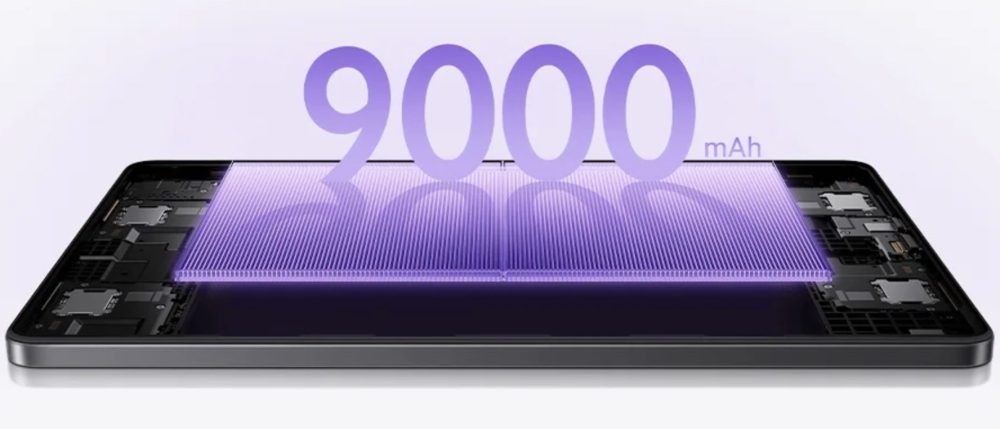
The 9000 mAh battery provides ample capacity. It allows for approximately 15 hours of video playback or 10–12 hours of mixed usage involving gaming and web browsing. However, charging speeds are limited to 18W, which is relatively slow. Fully charging the large battery takes nearly three hours.
Performance, connectivity, and storage
The tested model features 4G connectivity, 4GB of LPDDR4X RAM, and a MediaTek Helio G100-Ultra chipset. Performance is adequate for browsing, streaming, and single-app usage. However, the 4GB of RAM becomes a bottleneck during multitasking. The tablet aggressively closes background applications to conserve memory, resulting in noticeable delays when switching between multiple apps, which may impact user experience.
The inclusion of 4G support is a positive; however, eSim functionality is absent, limited to physical SIM cards. The lack of 5G is understandable given the price point.
A significant advantage is the storage configuration. In addition to the integrated 128GB UFS 2.2 storage, a microSD card slot allows for expansion up to 2TB, providing a cost-effective way to increase storage capacity as needed.
Software
The software is based on Xiaomi’s HyperOS 2, built upon Android 15. Features like split-screen and floating windows are present, but their usability is limited by the tablet’s 4GB of RAM, making single-app usage preferable. HyperOS 2 generally performs well and includes a reasonable amount of pre-installed software, though some bloatware such as Temu, TikTok, LinkedIn, and Netflix is present.
Cameras
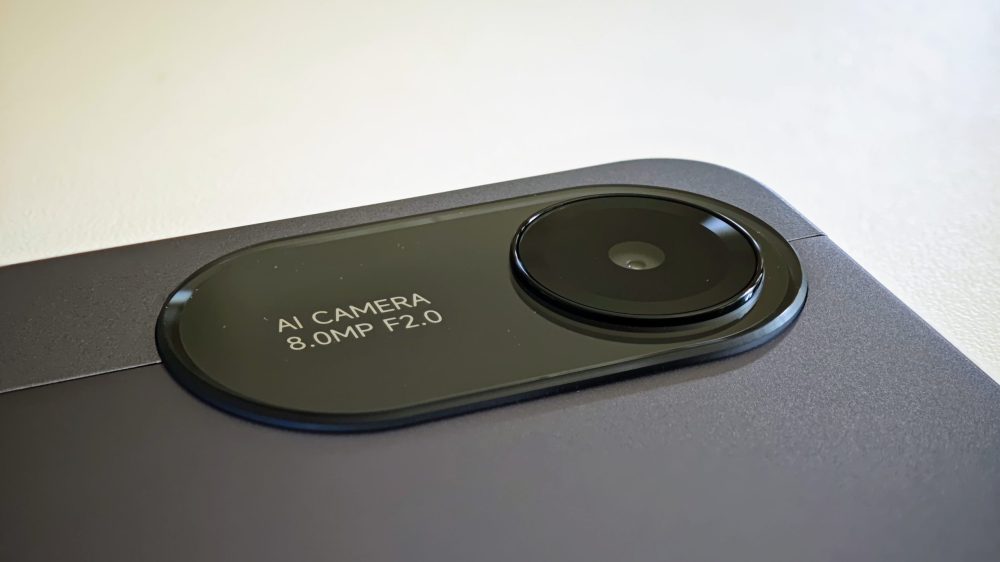
Tablet cameras are seldom a highlight, and the Redmi Pad 2 is no exception. It features an 8 MP (f/2.0) rear camera and a 5 MP (f/2.2) front camera. These are sufficient for video calls and QR code scanning but offer limited capabilities beyond that. Notably, the minimal camera bump allows the tablet to sit stably on a flat surface.
Conclusion
The Xiaomi Redmi Pad 2 4G offers several compelling features, including a large, high-quality display, impressive audio, long battery life, expandable storage, and 4G connectivity. All of this is available at a competitive price point (the suggested retail price is 2999 SEK, with a 4G-less variant available for 500 SEK less).
The primary drawback is the 4GB of RAM, coupled with a mid-range processor, which can result in performance limitations and occasional lag when multitasking or switching between applications.
However, for users prioritizing media consumption and less demanding tasks, the Redmi Pad 2 4G provides excellent value. It offers a significant feature set for its price.
Xiaomi provided a review unit for this evaluation. The provision of review materials does not influence our editorial independence. Our reviews are conducted independently, prioritizing the interests of our readers and consumers.
